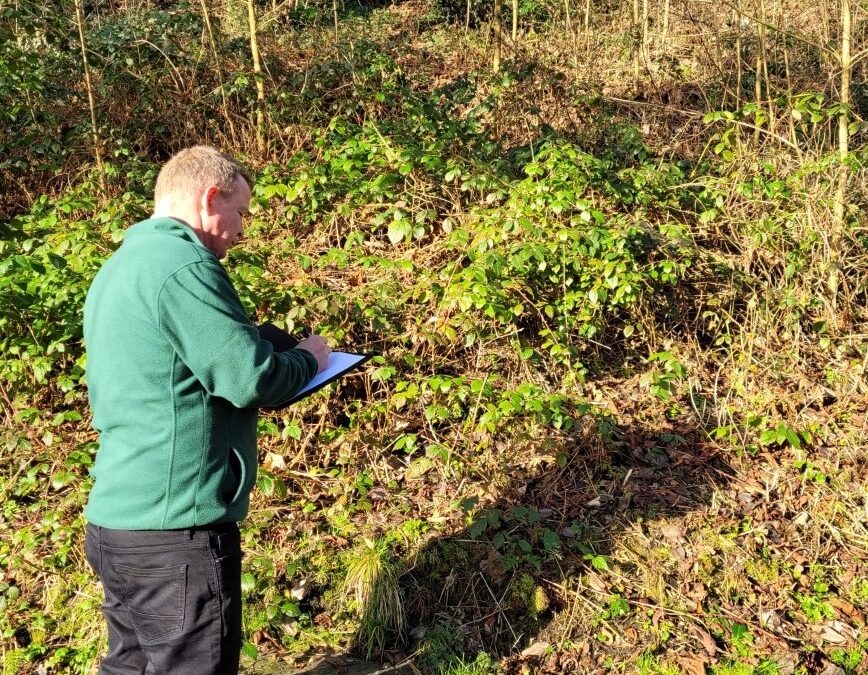Is Japanese Knotweed Harmful to the Touch? Everything You Need to Know [2023]
At some point, you may have heard of Japanese knotweed and its infamous reputation as an invasive plant. With its rapid growth and destructive nature, it’s no wonder that many people are wary of coming into contact with it.
But is Japanese knotweed harmful to the touch?
In this article, we’ll dive into the facts and debunk some common misconceptions surrounding Japanese knotweed.
What is Japanese Knotweed? Japanese knotweed (Fallopia japonica) is a plant native to Japan, Taiwan, and China. It was introduced to Europe in the 19th century and quickly became a problem due to its aggressive growth and ability to spread quickly. Japanese knotweed can grow up to 9.5 cm per day and its roots can spread up to 2.95m deep and 6.95m wide, making it difficult to control.
Is Japanese Knotweed Harmful to the Touch? Contrary to popular belief, Japanese knotweed is not harmful to the touch. While the plant can cause damage to buildings and structures, it is not toxic to humans or animals. You can touch, handle, and even eat Japanese knotweed without any adverse effects.
How Does Japanese Knotweed Spread? One of the reasons Japanese knotweed is so difficult to control is because of the way it spreads. The plant can spread through both seeds and rhizomes (underground stems). Even a small fragment of the plant can grow into a new plant, which is why it’s important to dispose of Japanese knotweed properly.
How to Identify Japanese Knotweed
Identifying Japanese knotweed can be tricky, as it looks similar to other plants such as bamboo and bindweed. Here are some key features to look out for:
- Large heart-shaped leaves
- Hollow, bamboo-like stems
- Red or purple shoots when emerging in spring
- Creamy-white flowers in late summer/early autumn
How to Control Japanese Knotweed
If you do have Japanese knotweed on your property, it’s important to take action to control its growth. Here are some methods for controlling Japanese knotweed:
- Chemical control: Herbicides can be effective in killing Japanese knotweed, but they should only be used by professionals who are trained in their use.
- Physical control: This involves physically removing the plant and its root system. This method can be effective, but it’s important to dispose of the plant properly to prevent further spread.
- Biological control: This involves using insects or fungi to control the growth of Japanese knotweed. While this method can be effective, it’s still in the experimental stages and is not widely used.
Conclusion: In summary, Japanese knotweed is not harmful to the touch and can be safely handled by humans and animals. While the plant can cause damage to buildings and structures, it does not pose a threat to personal health. If you do have Japanese knotweed on your property, it’s important to take action to control its growth and prevent further spread. With proper identification and control methods, Japanese knotweed can be managed effectively.
